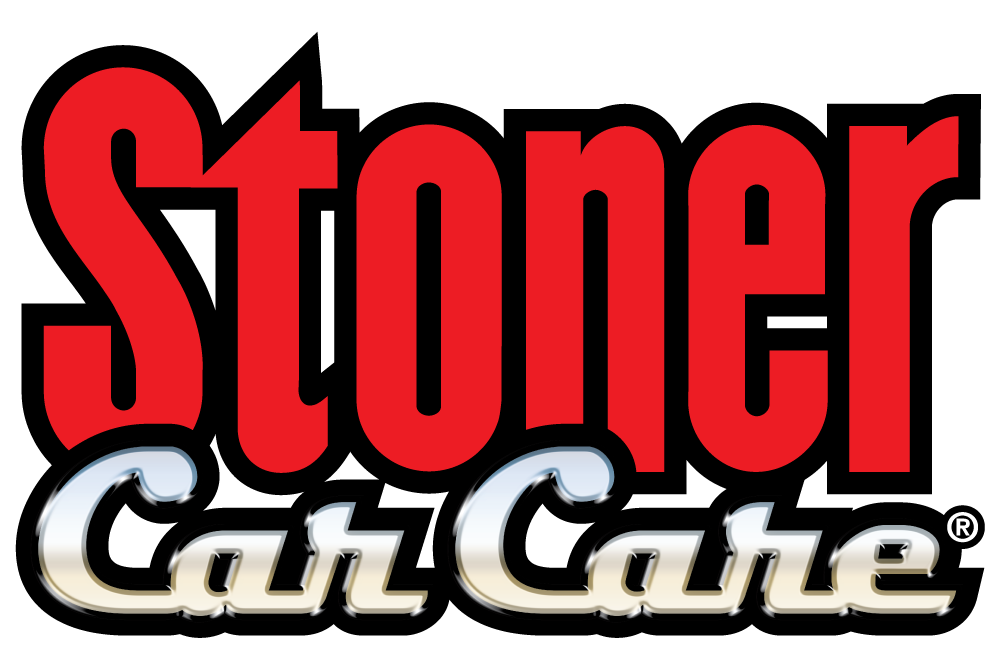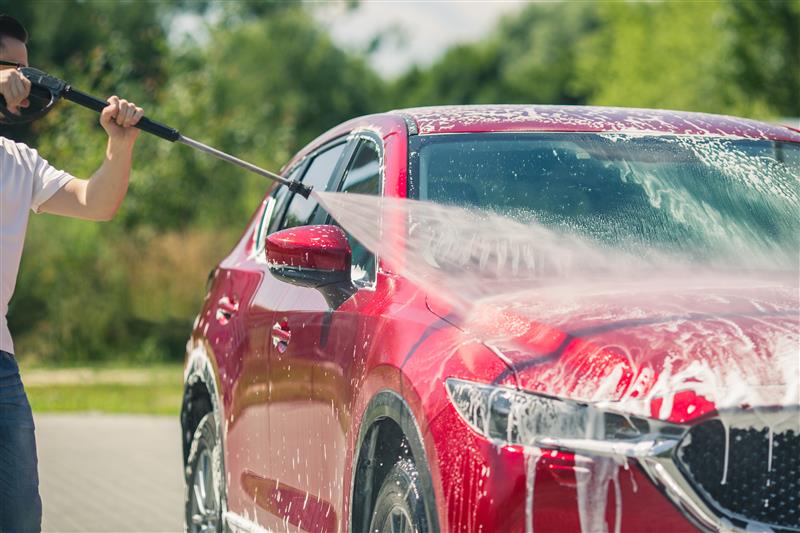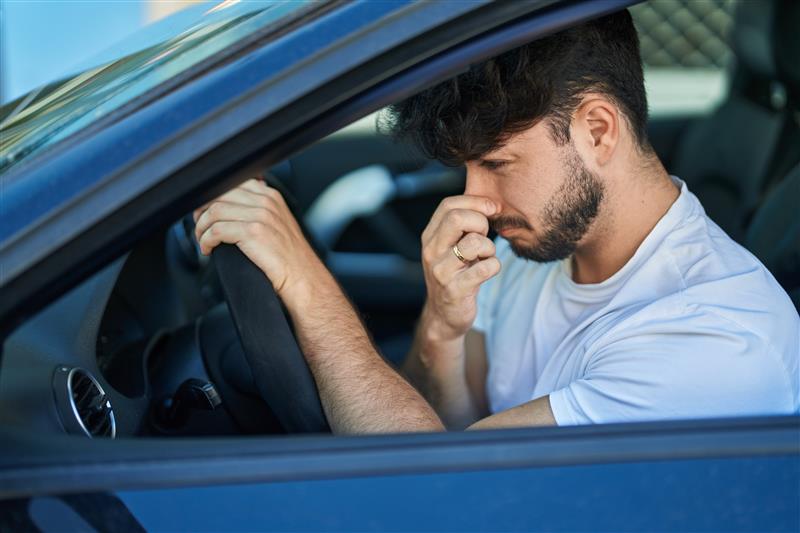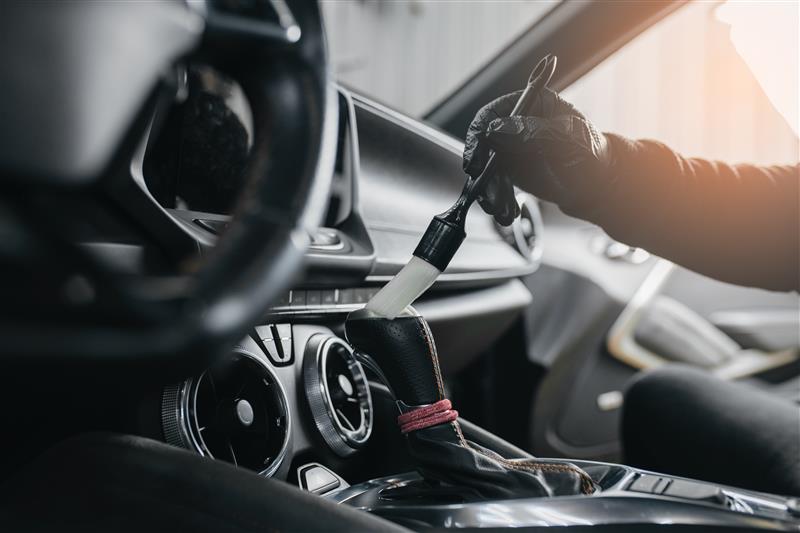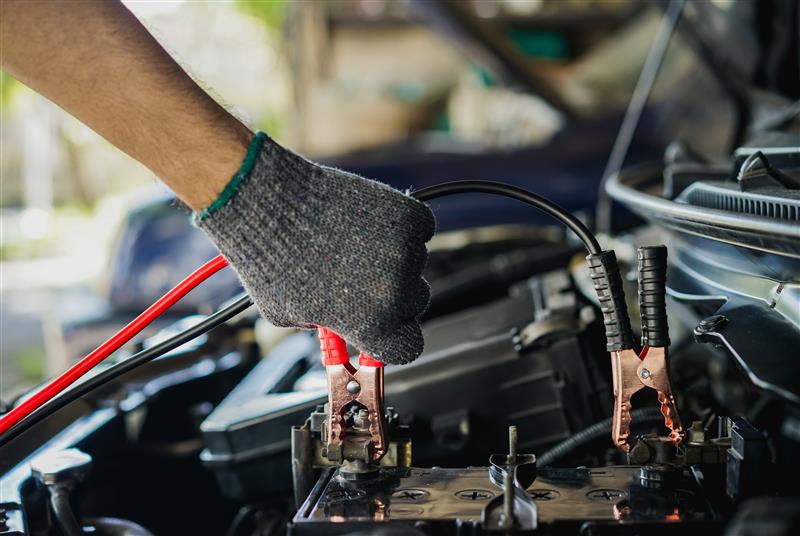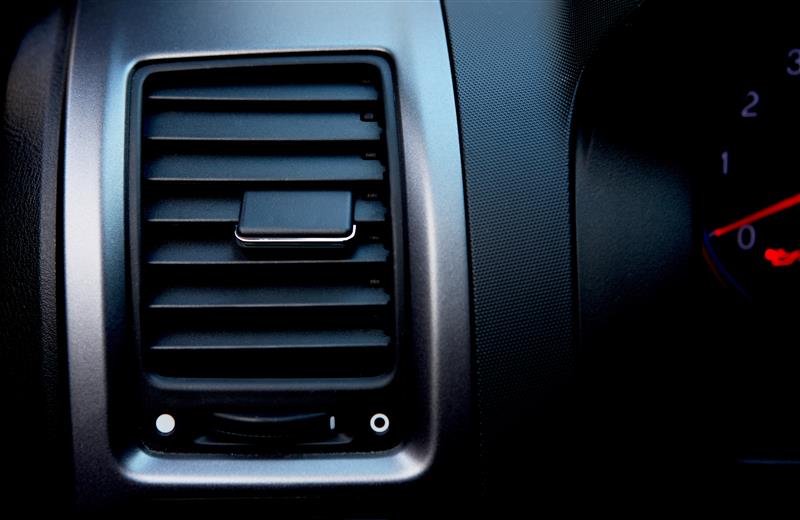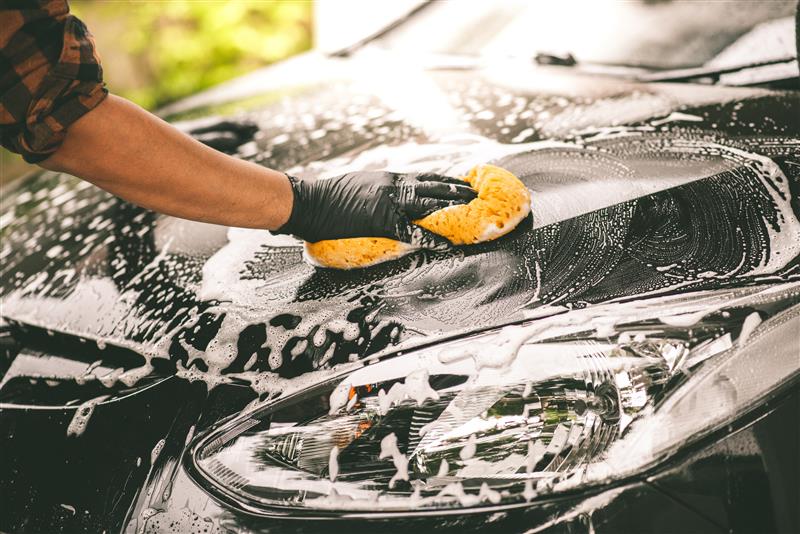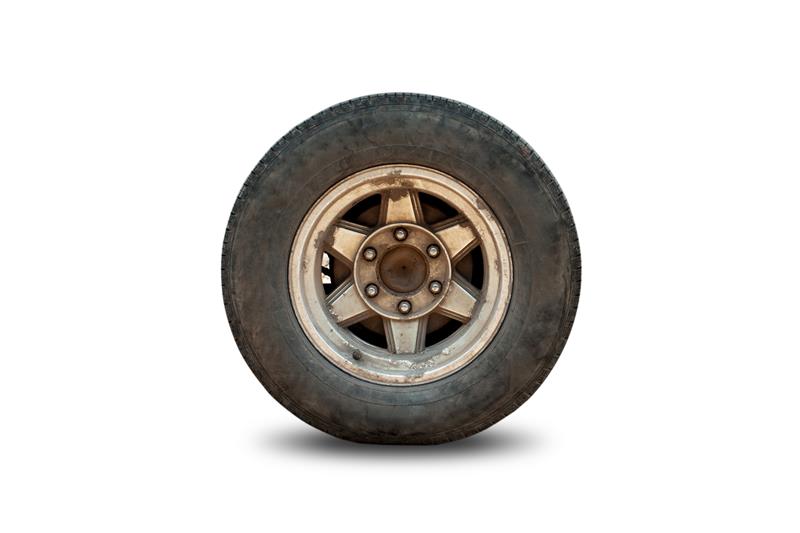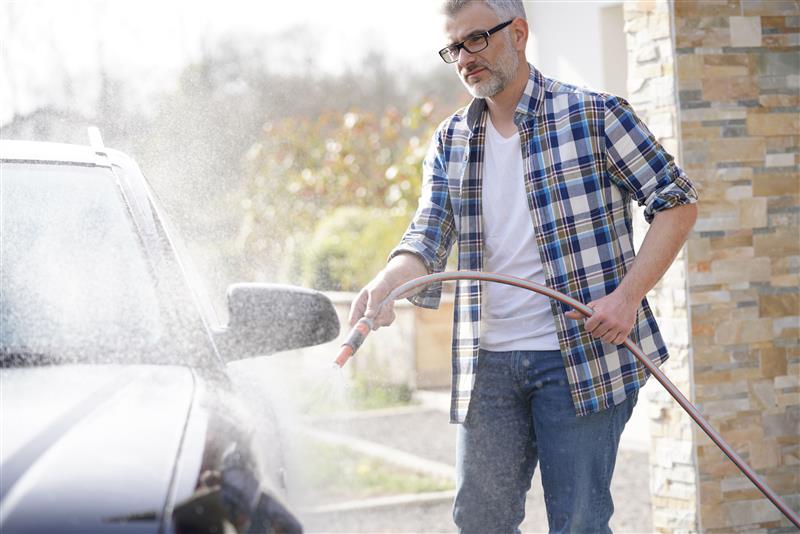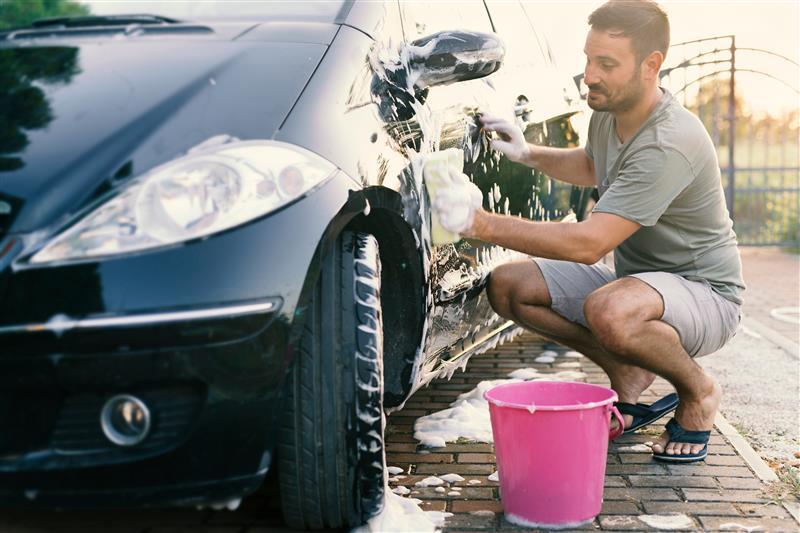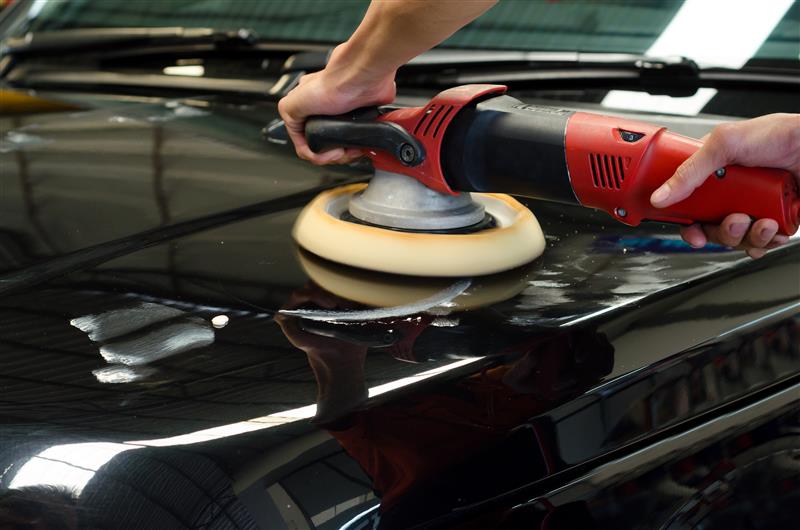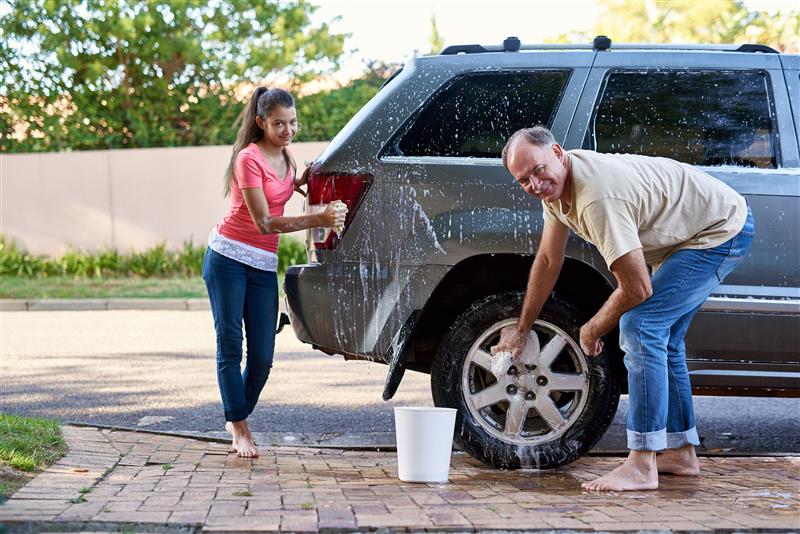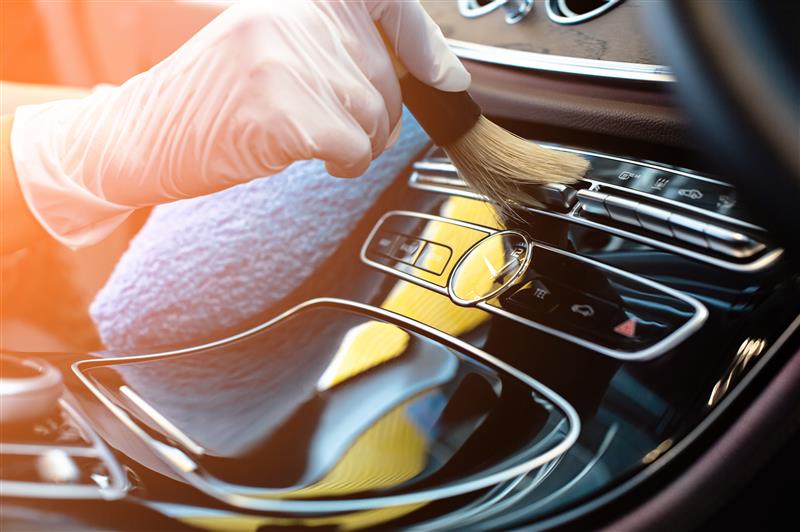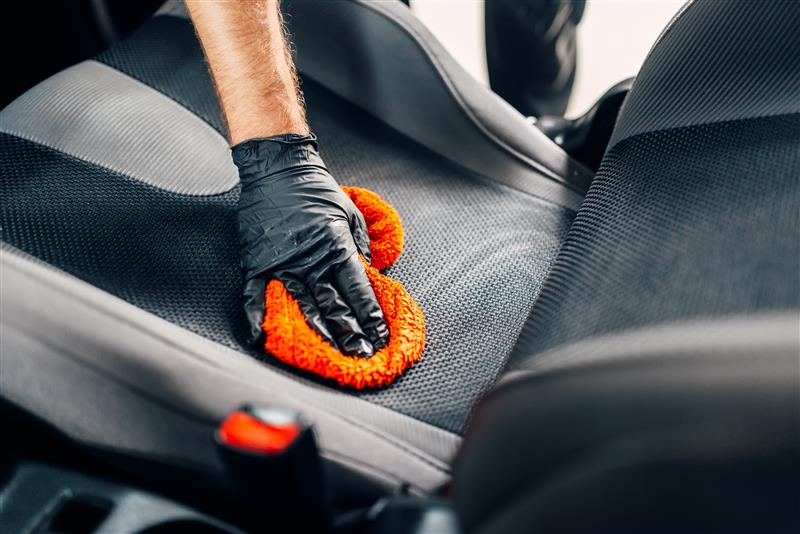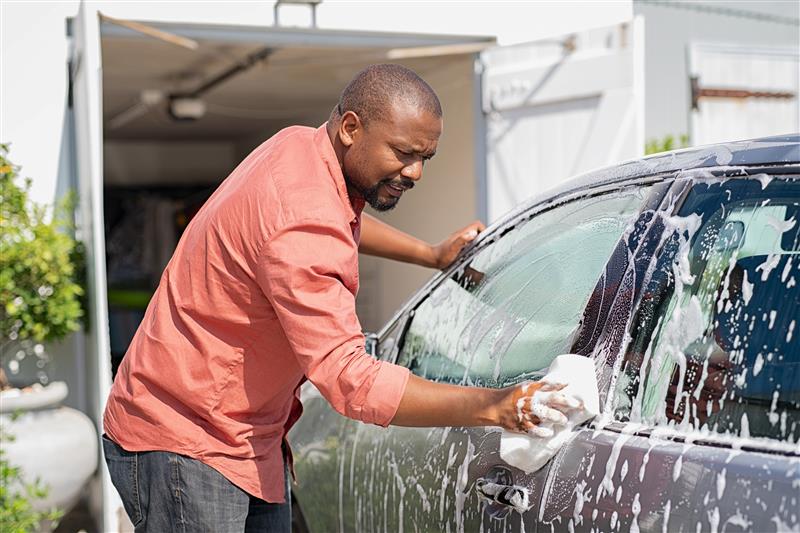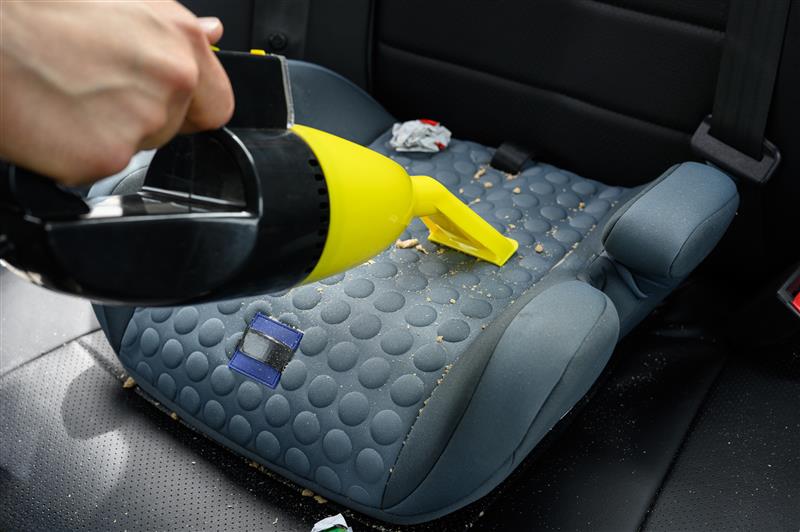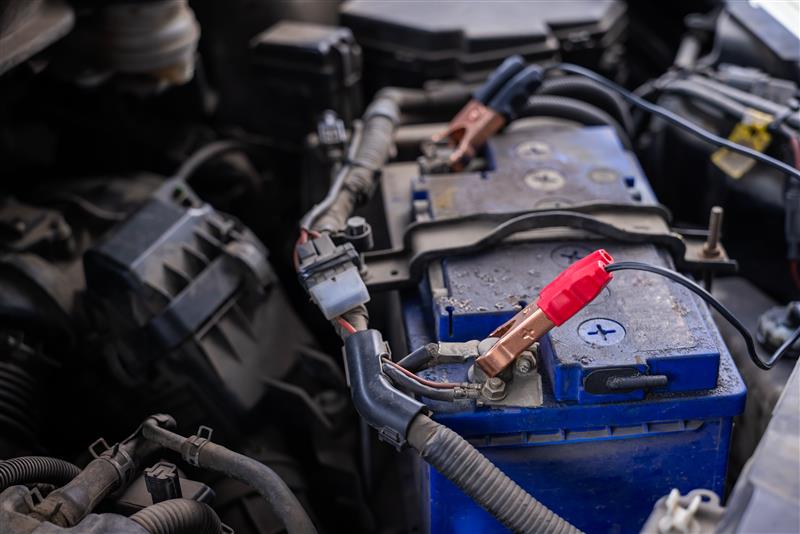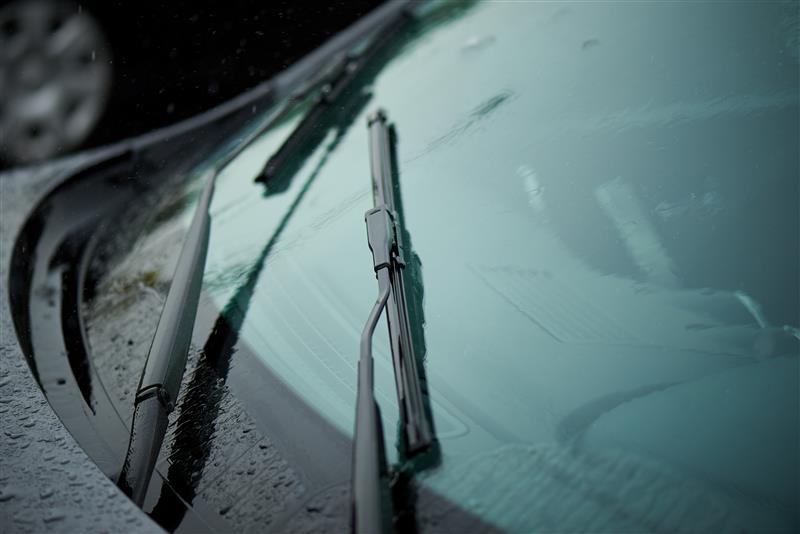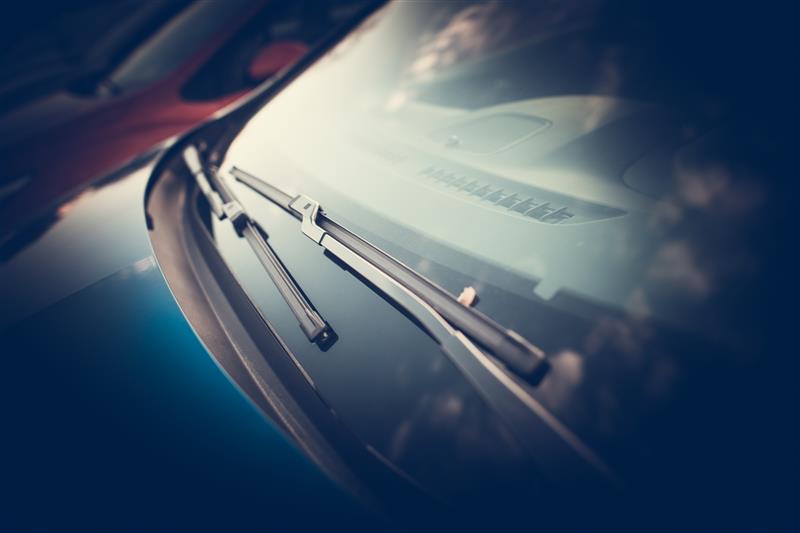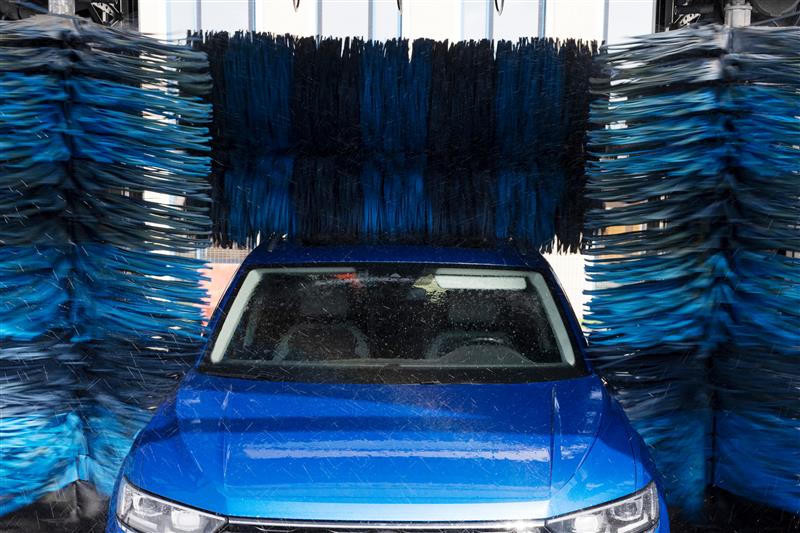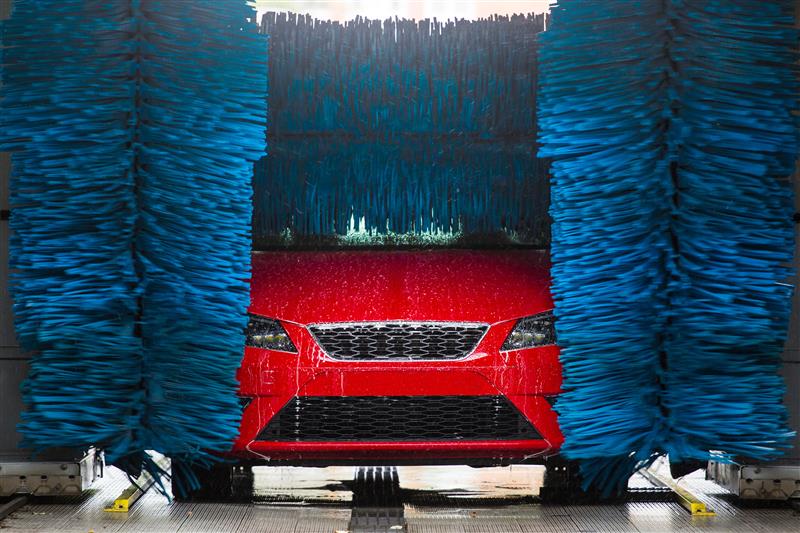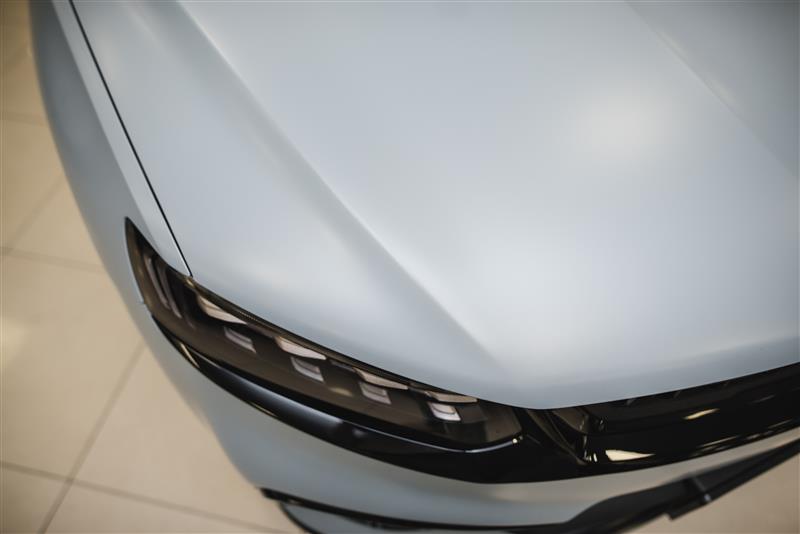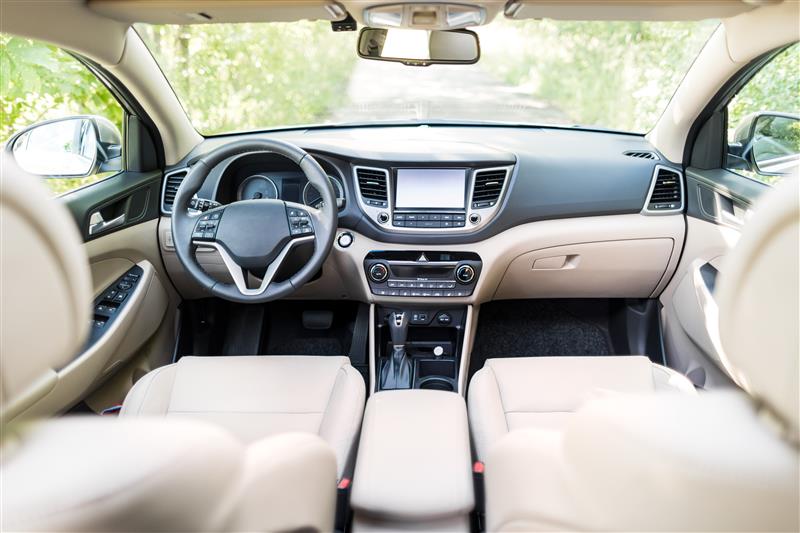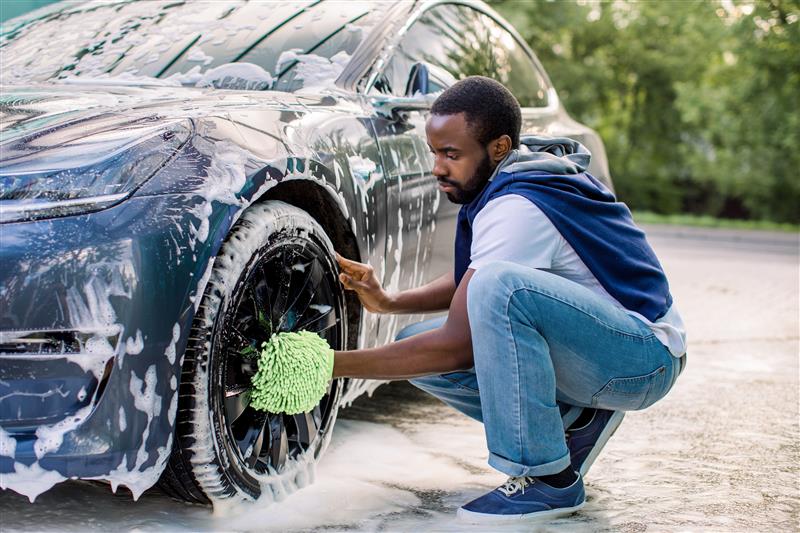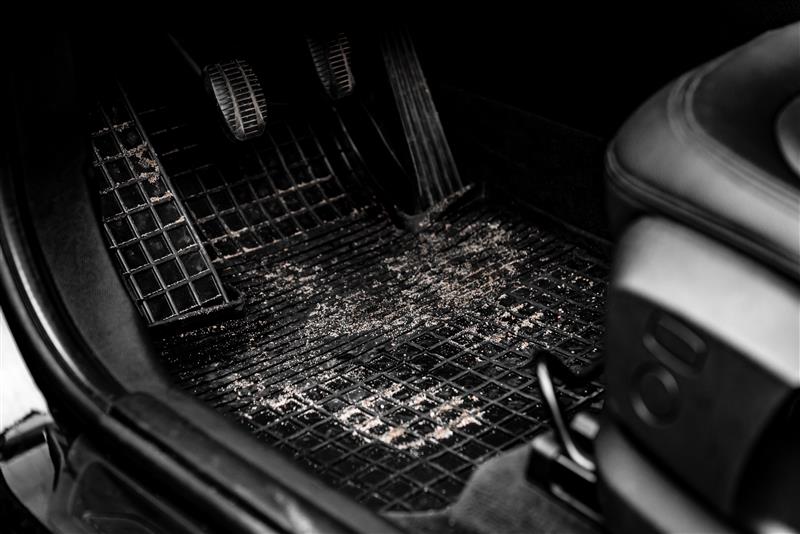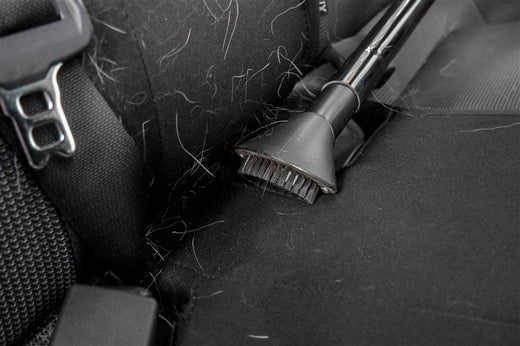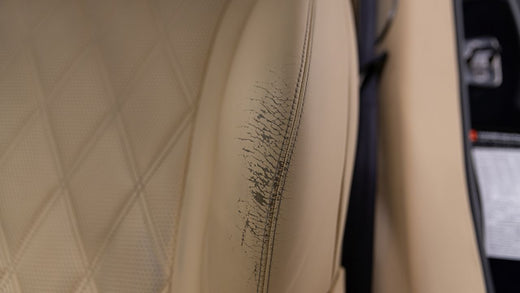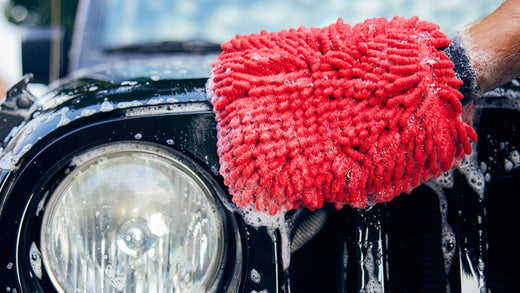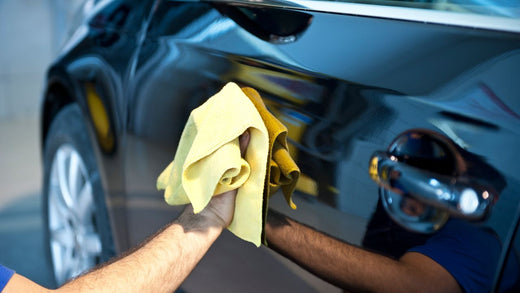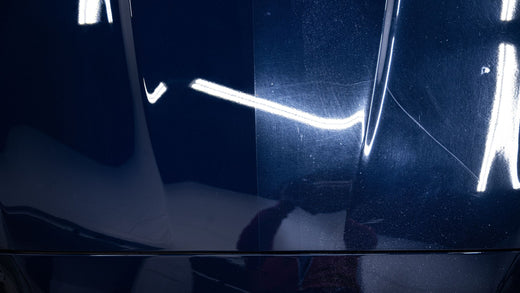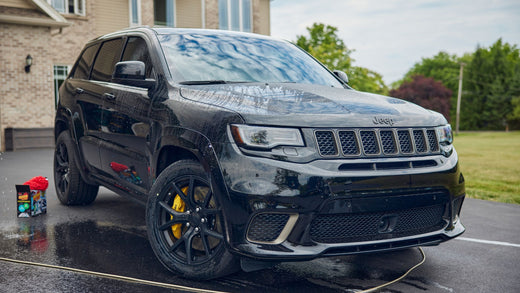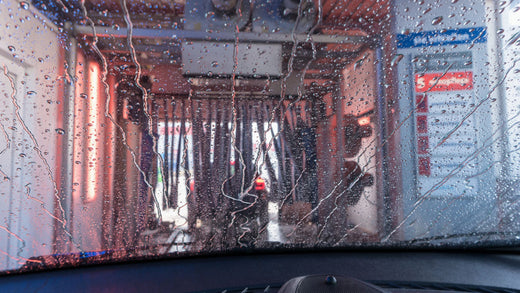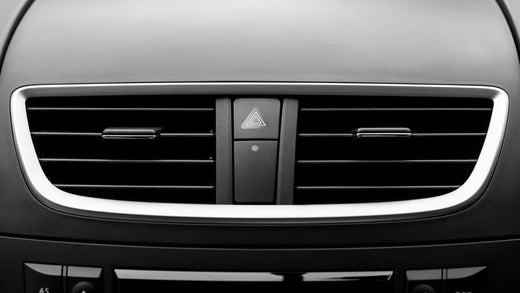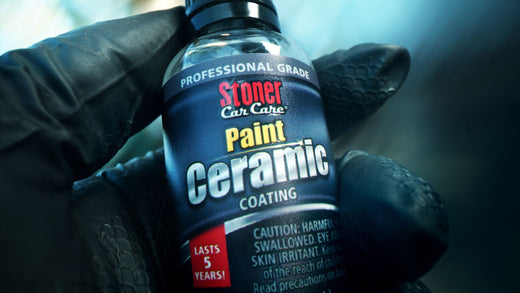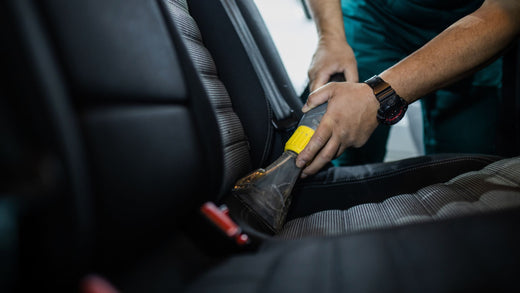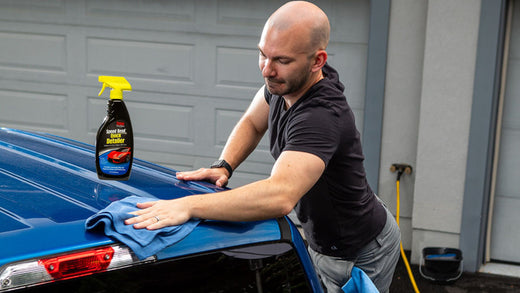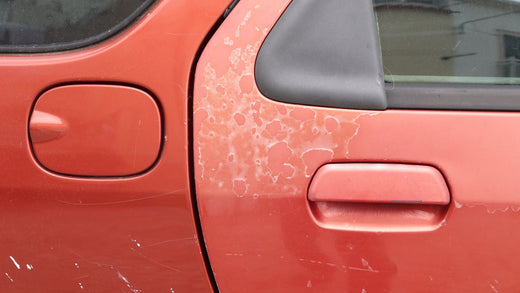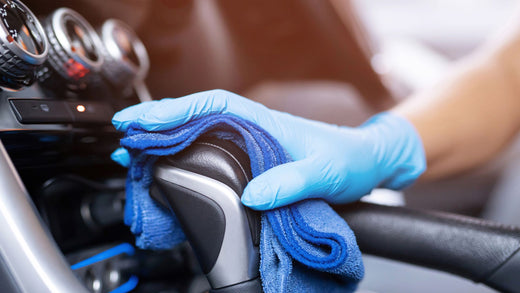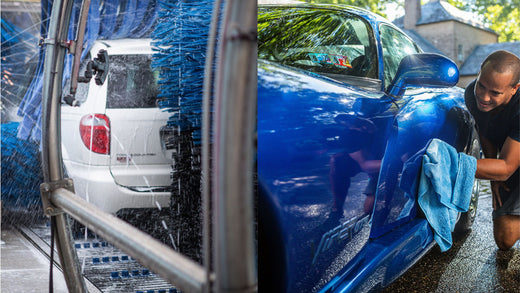Clear vision ahead with our holiday markdowns on Invisible Glass Ceramic Silicone Wiper Blades. Prices as marked.
While a sunny summer day seems the perfect time to clean your car, hot weather cleaning presents unique challenges. Heat and sunlight demand a modified cleaning approach. Today, we'll focus on the additional steps required to clean your car in the summer.
When detailing your ride on a sunny, warm day, consider the following: Pick the appropriate time and place, choose the right products, allow time for your car to cool off, prepare properly before detailing, focus on small sections, thoroughly dry your vehicle, and apply a protective layer to your finish.
Picking an appropriate time and place
Odds are you'll be washing your car often throughout the hot months. Summer brings multiple contaminants that dirty up your car: dust, dirt, pollen, bird droppings, and airborne pollutants, to name a few. Keeping your car clean and protecting its finish requires constant upkeep.
The time
Proper cleaning in hot conditions relies on timing. Most car manufacturers recommend weekly washing during summer months. Most car owners avoid washing on rainy days, so many choose to wash in the heat instead. We recommend that you check the weather forecast, and wash your vehicle during the coolest possible day. Ideally, wash when temperatures range between 70-80 degrees Fahrenheit.
Of course, summer often brings weeks-long stretches of heat, so finding a cool day to wash may be easier said than done. In that case, plan to wash in the early morning. During the morning hours, sunlight and UV rays are less intense. Similarly, afternoons between 5:00 PM and sundown are also well-suited for detailing.
Washing after sundown sounds ideal, but we recommend avoiding cleaning after sunset for several reasons. For one, the lack of light makes it difficult to clean thoroughly. Dirt is less visible at night. Also, it may be difficult to thoroughly dry your car's surface without the warmth of daytime. A damp vehicle may encourage corrosion. In addition, a damp car may also become a magnet for bugs, as insects often stick to wet surfaces.
The place
Much like the time, your detailing location impacts the effectiveness of warm weather cleaning. Always avoid cleaning your car in direct sunlight. The sun dries water quickly and leads to soap drying on your car's surface before the cleansers break down dirt. Also, rapid drying creates streaking and leaves watermarks.
To optimize your cleaning process, seek partial shade. Indoor areas with ample lighting provide ideal conditions for detailing car exteriors; however, any outside area with shade - such as under a tree or an overhang -- suffices.
Choose the right products
Gather supplies beforehand, as detailing in hot weather can be tricky and time-sensitive. Follow this material list for summertime cleaning:
- A neutral pH car soap/shampoo
- Wash mitt
- A minimum of two buckets
- Microfiber towels
- A wax/sealant product
A neutral pH soap
Some cleaning products perform better than others in excessive heat. Typically, we recommend a high-quality, pH-neutral soap for working in hot temperatures. While less effective at lifting debris and dirt than low-pH soaps, pH-neutral soaps don’t leave behind damage if they dry on a vehicle's surface.
Wash mitt
Wash mitts are helpful to use in sunny conditions. These surface-friendly mitts readily soak up cleaning solutions and hold plenty of liquid throughout application.
Two buckets
One bucket is self-explanatory, but why would you need two? We recommend using a two-bucket wash system, with one pail designated for clean water, and the other for dirty.
Microfiber towels
Microfiber towels rapidly dry surfaces, helping you to avoid streaking or water spots. Small fibers, engineered to soak up and hold liquids, make up these towels. They are inexpensive, reusable, and environmentally friendly.
Wax/sealant product
A sealant or wax product adds a layer of protection to your newly-cleaned car. Choose a wax or sealant protectant. Wax-based products use natural ingredients that sit on the car's surface to provide a warm shine. In comparison, sealants are more durable. Sealants chemically bond to the surface of the car, allowing them to better resist UV rays and environmental pollutants. Regardless of which you choose, we highly recommend that you apply a protective product.
Let the car cool off
Hot weather raises the temperature of a car's exterior to just under molten-lava-level. Driving your car on a warm day or parking it in direct sunlight dramatically heats its surface.
Before cleaning, allow your car to cool for a few hours in a garage or other shaded area. Don’t hose down your vehicle to hasten its cooling. Applying cold water to your car's hot surface may damage its finish.
Prepare
Gather all your supplies before beginning the cleaning process. Cleaning in hot weather requires you to move faster than usual, so predesignate a spot for each product or tool. Keep your items off the ground, in a spot covered by shade – especially if you're working with aerosol cleaners. Use a table or tool cart to keep implements clean, relatively cool, and ready to use.
If you don't have a table or cart handy, use a towel and an umbrella to create a work area. Lay a clean beach towel on the ground and arrange your cleaning supplies upon it. Tilt an opened umbrella over the towel to provide some shade. Asphalt and macadam radiate heat, so lay the towel on the grass if possible.
Focus on small sections
During summer detailing, time is not on your side. The hot sun evaporates water and cleaning fluids quickly. Before you begin, mentally note key sections of your vehicle’s exterior. Use these sections to map out areas and track your progress. Focus on small areas and move rapidly. Have a hose or water bucket nearby. If your solution begins to dry too quickly, use water and additional cleaner to rehydrate the surface.
Dry the surface
Many people are tempted to let the sun dry their vehicle. Some dry their car by taking it for a spin around the block after washing. Either method leads to water spots and streaks. We suggest you muster up some elbow grease and dry your car in small sections as you clean.
Clean off water spots and streaks
Despite careful cleaning and precautions, water spots and streaks are often inevitable when working in hot conditions. Fortunately, quick action removes these eyesores.
Most water spots disappear with some water -- via hose, bucket, or spray bottle -- followed by a wipe down. Persistent water spots may require additional products. Remove stubborn spots by reapplying a little car shampoo along with some water.
Apply wax/sealant
Now that the surface is clean, protect it against future contaminants. An added layer of wax or sealant temporarily protects your exterior from UV rays, bugs, road chips, and pollen. Before applying the product, check the exterior temperature. A scorching surface complicates the application process.
When working in hot conditions, use a synthetic sealant over a wax product. Wax has a lower melting point than artificially-made sealants, making wax less durable. Synthetic sealants bond with your vehicle's paint and remain on its surface longer.
Need a reliable sealant product? Consider Stoner Car Care's Synthetic Sealant. It is safe for use with new or older finishes. Our Synthetic Sealant uses synthetic micro polymers that form a tight chemical bond with your car's surface, keeping your finish well protected, even in the heat.
Wrapping it all up
The lazy days of summer are a misnomer. Summer car detailing requires planning and preparation. Use these steps to safely clean your car during the hottest months of the year: Pick the appropriate time and place, choose the right products, allow time for your car to cool, properly prepare before detailing, focus on small sections, thoroughly dry your vehicle, and apply a protective layer to your finish. Pre-planning, along with a little extra caution, promises a shinier ride this summer.
